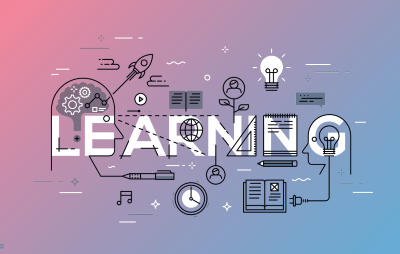Planning for Student Engagement in the Virtual Classroom
For many years, educators have been testing the waters of technological integration and teaching. The 2020 pandemic has accelerated this process. Like it or not, students and teachers now find themselves swimming in the ocean of virtual learning[1]—surrounded by hundreds of apps and online tools that promise to be the way of the future. Even the most tech-savvy among us have found ourselves overwhelmed by the sheer volume of options.

There is so much technology available that deciding which tools to try can be daunting. Rather than focusing on the tools, however, teachers should take a step back and consider the learning. This isn’t new advice; we have been doing this in traditional classrooms for decades. We now just need to transfer this skill to virtual learning environments.
What do students need to do to accomplish the learning we are after? In their Distance Learning Playbook, Fisher, Frey & Hattie summarise the four basic functions of learning engagement:
- “Find information efficiently and be able to evaluate whether the information is useful, credible, accurate, and corroborated by other sources.
- “Use information accurately and ethically.
- “Create information such that its creation deepens one’s understanding.
- “Share information responsibly with audiences for a variety of purposes.”[2]
When designing lesson plans, teachers are constantly evaluating which of these functions their students need to maximise their learning and are providing opportunities for students to engage in activities that promote these functions. That process shouldn’t change as instruction shifts to virtual platforms.
True, it is easier in the short term to create several instructional videos and rely on them as the primary vehicle for transmitting knowledge. But we all know that teacher instruction does not automatically equate to student learning. In the physical classroom, the best teachers constantly move between different types of learning activities—some teacher-directed, others student-led. They move around, monitoring student engagement and providing support and encouragement, as students interact in multiple ways with the information being studied.
When making the shift to virtual learning, teachers should build lessons using the same thought process: what do my students need to do with this information to maximise their engagement in meaningful learning? Once that question has been answered, then choosing the right tool from the myriad of available virtual learning apps becomes easier.[3] What tool(s) will help students accomplish the learning you are after? Is this a tool that requires students to work together in real time? Or is it something that fosters asynchronous learning?
One caution offered by Fisher, et al, is to “avoid overwhelming your students and yourself with too many tools.”[4] Choosing a handful of engaging tools, teaching your students how to use these (over time), and creating routines that allow the tool itself to fade into the background, so learning takes centre stage, are far more effective for promoting student learning than introducing new technology every week. Just because a tool is available and fosters a certain type of learning, doesn’t mean it’s the best option. Curate the educational technology tools you use in the same way you do in-person learning strategies. Sometimes less really is more.
Another caution these authors offer is the reminder that everyone benefits from breaks in screen time. If there is an offline option that serves the same educational purpose, even during distance education, take advantage of it. Then you can maximise the time you are “live” with students by prioritising “connection, discussion, and interaction.”[5]
The particular set of educational technology tools is far less important than the type of learning engagement you want for your students. Remembering this can lessen stress caused by the flood of apps inundating the field in recent months. Virtual instruction planned with these principles in mind benefits everyone—students and teachers alike.
Becky Hunsberger, M.Ed.
Coordinator of Global Teacher Education Services
TeachBeyond Global
[1] While schools in well-resourced communities have this option, there are many around the world for whom this kind of virtual technology is not really an option. At TeachBeyond, we feel a heavy burden for these schools and the students they serve. If you have ideas for how to support teachers and students in these environments, would you please reach out to OnPractice@teachbeyond.org? Thank you!
[2] Fisher, Douglas, Nancy Frey, and John Hattie. The Distance Learning Playbook: Teaching for Engagement and Impact in Any Setting. Thousand Oaks, CA: Corwin Publishers, 2020. pg 104-105.
[3] For some ideas on how to replicate common in person learning strategies on line, check out this PDF: “Active Learning While Physically Distancing” by LSU.
[4] Fisher, Douglas, Nancy Frey, and John Hattie. The Distance Learning Playbook: Teaching for Engagement and Impact in Any Setting. Thousand Oaks, CA: Corwin Publishers, 2020. pg. 109.[5] Ibid. pg. 116.
Photo Credits: Learning via Shutterstock. Math and Art via Shutterstock.



